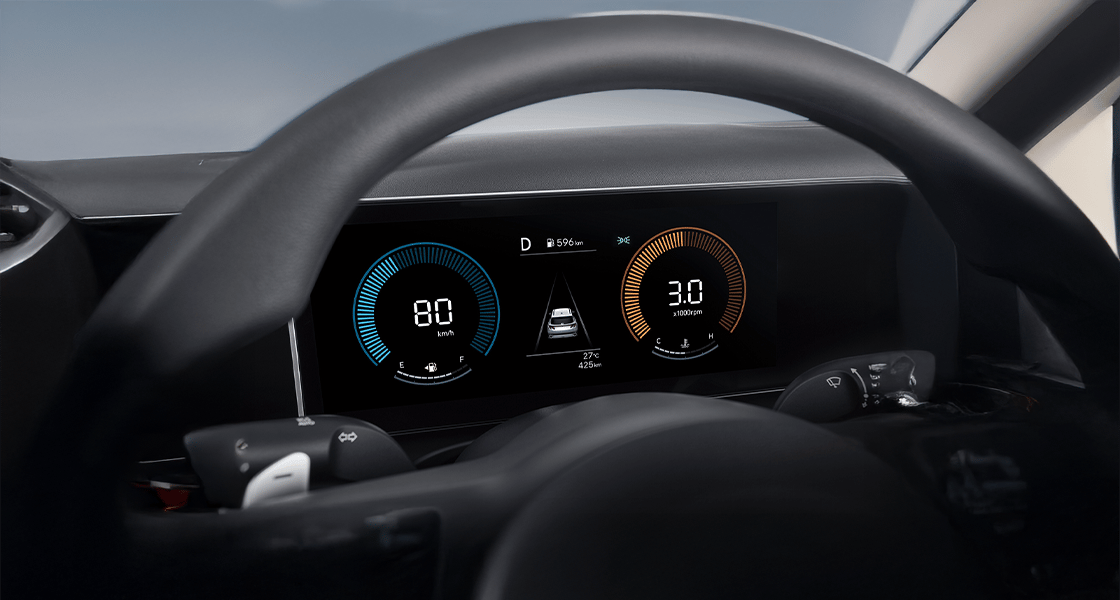Torque is one of the most frequently mentioned terms when discussing car performance, yet it often causes confusion. Many people are more familiar with “horsepower,” but torque is actually the key factor during acceleration, climbing hills, or carrying heavy loads. Understanding torque helps you make wiser choices when selecting a vehicle that suits your needs. Because behind every wheel turn, there’s a hidden force that shapes your driving experience.
Understanding the Concept of Torque in the Automotive World
For those still curious, what is torque in the automotive world is quite simple: torque is the rotational force generated by the engine to turn the crankshaft. Imagine using a wrench to loosen a bolt—the longer the lever, the easier it is to turn the bolt. That’s the basic principle of torque: the greater the rotational force, the stronger the engine’s ability to move the vehicle.
In the context of cars, torque is typically measured in Newton-meters (Nm). The higher the torque value, the greater the push the engine can deliver in a single rotation. Unlike horsepower, which focuses more on top speed, torque provides that strong “pull” at the start. A simple analogy: torque is like muscle strength, while horsepower is stamina.
Interestingly, in pure physics, torque is merely a measure of rotational force. However, when applied to cars, it becomes a tangible factor determining whether a vehicle can conquer steep hills, carry heavy loads, or cruise smoothly on the highway. For a deeper dive, you can learn more about torque in Hyundai’s detailed explanation.
The Relationship Between Torque, RPM, and Car Performance
Torque doesn’t stand alone; it’s always linked to engine speed or RPM (Revolutions Per Minute). Essentially, every engine has an optimal point where torque reaches its peak. This is often seen in car specifications, such as “maximum torque of 250 Nm at 1,500–4,000 RPM.”
The torque curve clearly illustrates this relationship. Cars with a flat torque curve are typically more responsive across various speed conditions. Conversely, if torque only peaks at high RPM, the car may feel weak at low speeds but powerful on open highways. This is why cars with high torque at low RPM are ideal for city driving or climbing hills.
Transmission also plays a crucial role. Through gears, torque from the engine is transferred to the wheels at specific ratios. Low gears provide high torque to help the car move from a standstill, while high gears maintain efficiency at stable speeds. For example, the Hyundai Creta with its Smartstream 1.5L engine delivers 144 Nm of torque, which feels sufficiently powerful for daily acceleration.
Benefits of High Torque in Various Driving Conditions
High torque isn’t just a number on a brochure—it delivers real benefits when driving. For instance, when navigating steep inclines, a car with low torque will feel heavy and sluggish. In contrast, a vehicle with high torque moves more effortlessly and stably, without needing to press the accelerator too hard.
For those who frequently carry heavy loads or travel with a large family, high torque is a lifesaver. A car with strong rotational power can handle extra weight without compromising performance. It’s no surprise that SUVs with large capacities generally offer more abundant torque.
In urban settings, torque also plays a role in stop-and-go conditions. Every time you press the accelerator in traffic, an engine with high torque responds more quickly, making driving more comfortable. Interestingly, optimal torque is also linked to fuel efficiency. An engine that doesn’t need to be pushed to high RPM works more economically. For example, the Hyundai Santa Fe with its turbo diesel engine can produce up to 416 Nm of torque, providing extra comfort on long journeys or steep roads.
Choosing a Car Based on Torque Needs
Many people ask, “Should I focus on horsepower or torque when choosing a car?” The answer: it depends on your needs. If you frequently drive in the city with heavy traffic, a car with high torque at low RPM will provide comfort. However, if you often travel long distances on highways, a balanced combination of horsepower and torque is more ideal.
Hyundai offers various models with different torque characteristics. The new CRETA is suitable for those seeking a compact SUV with light acceleration. Meanwhile, the all-new PALISADE offers high torque, ideal for large families or long trips with heavy loads. During a test drive, try feeling the car’s response when you press the accelerator from a standstill. That’s a simple way to gauge torque performance.
However, don’t forget that torque doesn’t work alone. It always collaborates with horsepower, transmission, and other transmission components to create a balanced driving experience. Also, consider long-term needs, such as fuel efficiency, the types of roads you frequently travel, and the number of passengers.
Behind every acceleration, every hill conquered, and every long journey that feels effortless, torque is the factor working tirelessly to support your car’s performance. Understanding how torque works, how it relates to RPM and transmission, and how it impacts comfort will make you more confident in choosing the right vehicle.
Start by getting to know the characteristics of your chosen Hyundai car: learn more about torque, understand the role of gears, and dive deeper into transmission components. Because, ultimately, torque isn’t just a number on paper—it’s the soul that makes every journey more vibrant and controlled.
